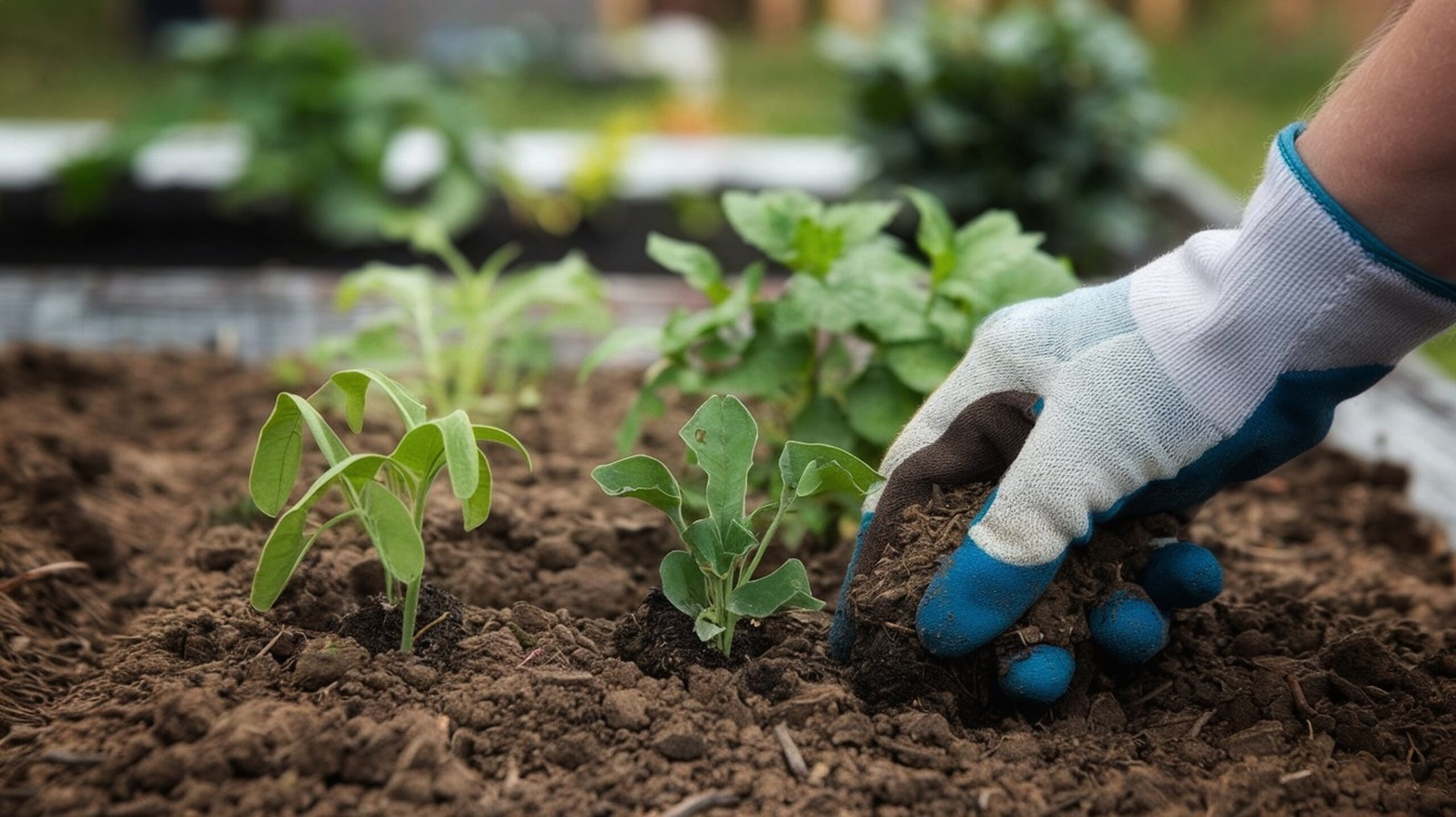
No-Dig Gardening: Healthier Soil, Less Work
A gardener’s dream technique.
No-dig gardening is a method that’s transforming the way people grow their own food. Instead of disturbing the soil by digging or tilling, this technique builds healthy ecosystems from the top down, mimicking how nature works. The result? Healthier soil, stronger plants, and less backbreaking work. This guide explores what no-dig gardening is, why it works, how to start your own no-dig plot, and the best crops to grow using this method. Whether you’re a beginner or a seasoned green thumb, no-dig could be your garden’s best-kept secret.
Outline
- What Is No-Dig Gardening?
- Benefits of No-Dig Gardening
- How Soil Health Improves Without Digging
- Step-by-Step Guide to Starting a No-Dig Bed
- What to Grow in a No-Dig Garden
- Common Questions & Troubleshooting
- Final Thoughts
What Is No-Dig Gardening?
No-dig gardening is exactly what it sounds like: a way of growing without turning or digging the soil. Instead, layers of organic matter—like compost, mulch, and cardboard—are placed on top of existing soil or grass, encouraging natural decomposition.
The principle:
“Feed the soil, not the plant.”
Let microbes, earthworms, and fungi break down the materials and do the digging for you.
Benefits of No-Dig Gardening
Why are more gardeners ditching their spades?
Top Benefits:
- Healthier soil structure
- Fewer weeds (less soil disturbance = fewer seeds exposed)
- Better moisture retention
- Less physical labour
- Increased biodiversity in the soil
- Fewer pests and diseases due to balanced ecosystems
Bonus: No-dig gardens can be set up anywhere—raised beds, community plots, even over concrete with deep enough layers.
How Soil Health Improves Without Digging
When you dig or till soil, you disrupt:
- Fungal networks (especially mycorrhizae)
- Earthworm tunnels and habitat
- Moisture balance
- Organic layers that take decades to form
By leaving soil intact:
- Worms aerate and fertilise the soil naturally
- Microbial life increases, helping nutrient availability
- Carbon stays in the ground, making your garden more climate-friendly
Did you know?
Studies show no-dig beds outperform tilled beds in both yield and sustainability over time.
Step-by-Step Guide to Starting a No-Dig Bed
What You’ll Need:
- Cardboard or layers of newspaper (no tape or glossy print)
- Well-rotted compost or manure
- Mulch: straw, grass clippings, or wood chips
- A water source
How to Build It:
- Choose your location — ideally sunny and flat.
- Lay cardboard over the grass or soil. Overlap pieces to block all light.
- Water it thoroughly to help decomposition.
- Add 10–15 cm (4–6 in) of compost on top.
- Top with mulch (optional but helpful).
- Plant directly into the compost layer.
🌿 You can sow seeds or transplant directly—just push back the mulch.
What to Grow in a No-Dig Garden
Great No-Dig Crops:
- Leafy greens: lettuce, kale, spinach
- Root veg: carrots, beetroot, radishes
- Brassicas: broccoli, cabbage
- Herbs: parsley, coriander, basil
- Companion flowers: calendula, nasturtiums, marigolds
Avoid overly invasive species unless contained, like mint or Jerusalem artichoke.
Raised Beds or Ground-Level?
Both work. Raised beds are ideal for urban spaces and control, while ground-level no-dig beds are perfect for allotments or backyards.

Common Questions & Troubleshooting
❓ What if I have lots of weeds?
- Use extra cardboard layers or black-out tarp for a few weeks.
- Cover problem areas with a thick layer of mulch.
❓ Will my plants get enough nutrients?
- Yes! Compost is nutrient-rich, and natural systems recycle organic matter efficiently.
❓ Can I use kitchen scraps?
- Only if fully composted. Avoid raw food waste directly in no-dig beds.
❓ What about slugs?
- Mulch helps deter slugs. Use beer traps or copper tape for protection.
Final Thoughts
No-dig gardening is more than just a technique—it’s a mindset shift. By working with nature rather than against it, you’ll grow more with less effort while building a healthier, more sustainable garden. It’s a method that rewards patience, nurtures biodiversity, and empowers even beginners to start growing.
So put down the spade, grab some compost, and let nature do the heavy lifting. Your soil—and your back—will thank you.